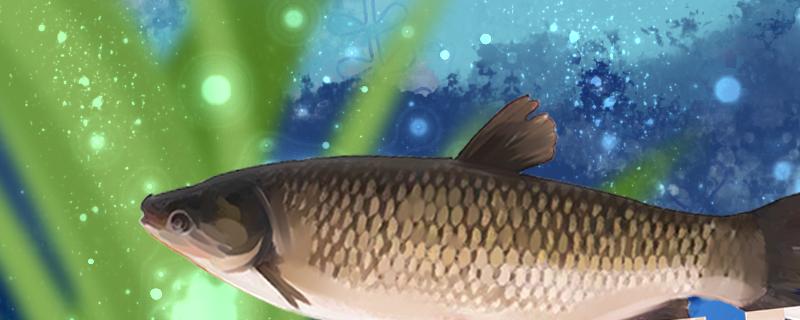 What to feed 1, 2-3 cm grass fry
What to feed 1, 2-3 cm grass fry 2-3 cm grass fry can eat some planktonic organisms and some small aquatic animals. The nutritional content of these foods is relatively high, and the size of the food is small, which is just suitable for feeding small fry. In addition, aquatic animals are easy to digest, and indigestion will not occur if they are fed frequently.
In addition to aquatic animals, breeders can also feed them some cooked egg yolks, crushed synthetic feed and so on. The nutritional value of these foods is also relatively high, and it is relatively easy to obtain. Some aquatic plants can also be fed, but the mouths of small fry are relatively small, so breeders need to cut the aquatic plants before feeding them.
2. How to raise 2-3 cm grass fry1. Water quality: 2-3 cm grass fry belong to seedlings, and they are sensitive to environmental fluctuations. When raising artificially, it is necessary to keep the water quality clean and fresh. If it is raised in a pond, it is necessary to check the water quality every day, and change the water immediately after it is found that the water quality becomes dirty. However, the amount of water change should not be too large, and it should be controlled at one third of the total amount of water.
2. Water depth: 2-3 cm grass fry have not fully adapted to the external environment, and breeders need to control the water depth at about 60-70 cm. As they grow in size, the height of water level can also increase slowly.
3. Disease prevention: 2-3 cm grass fry should also pay attention to disease prevention. They are just born and have poor resistance and immunity. Breeders need to disinfect regularly to prevent them from contracting diseases.